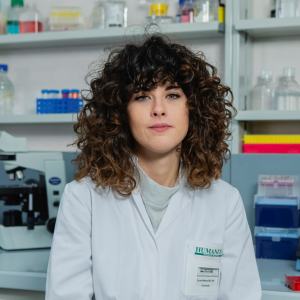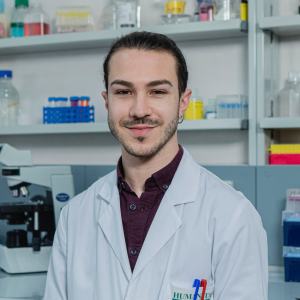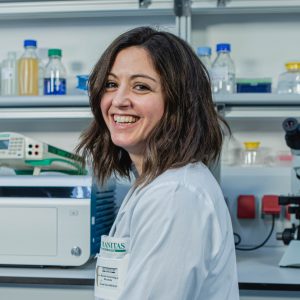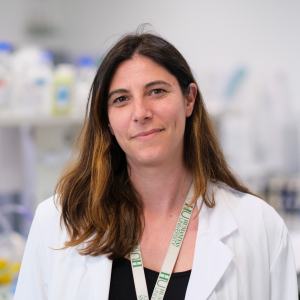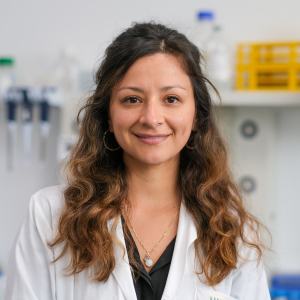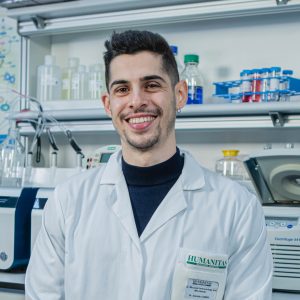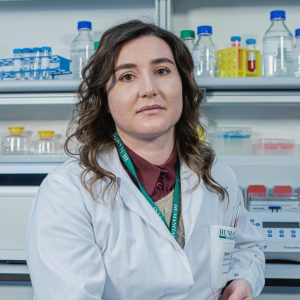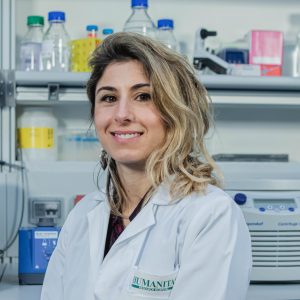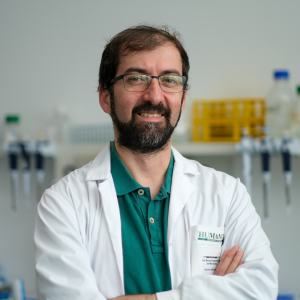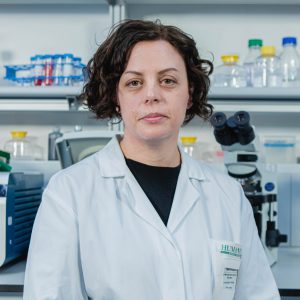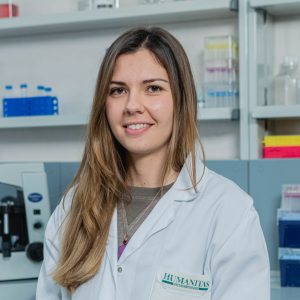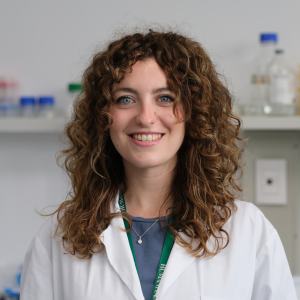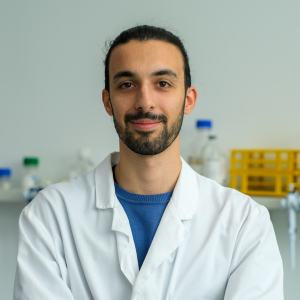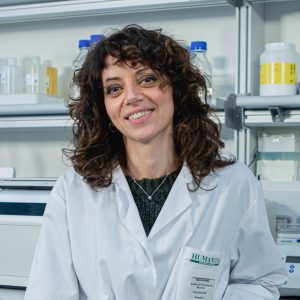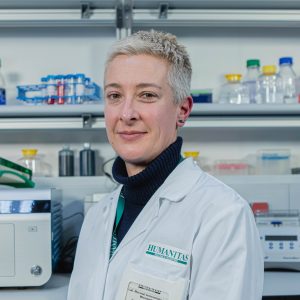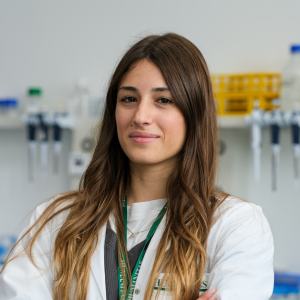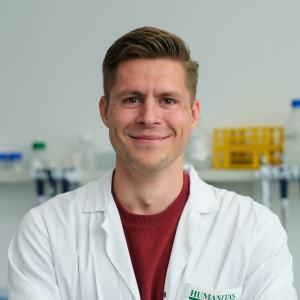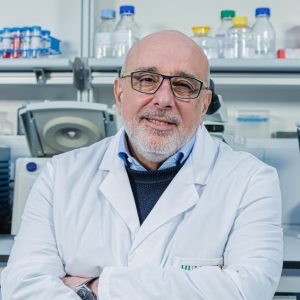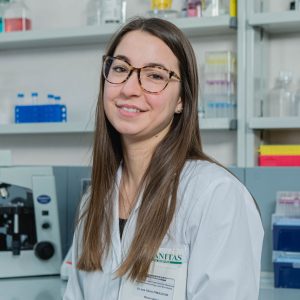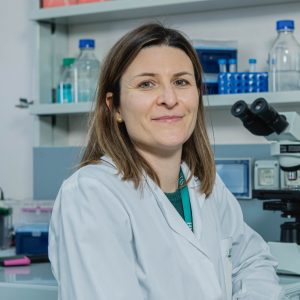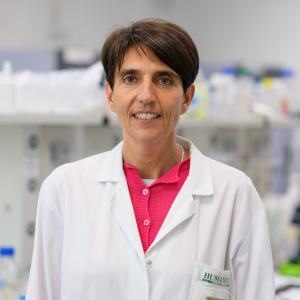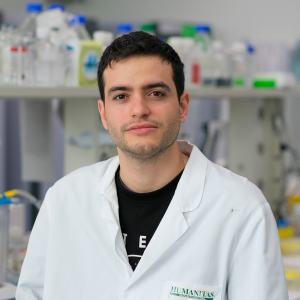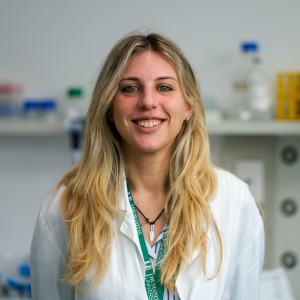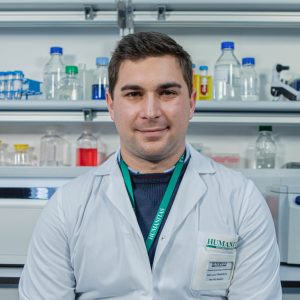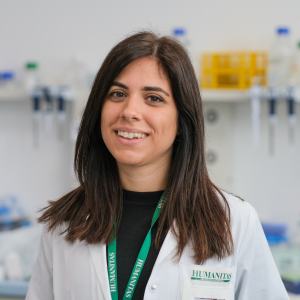Research Group
Rescigno Group
Mucosal Immunology and Microbiota Lab
Our research aims at dissecting the crosstalk between human cells and microbiota - the ecosystem of bacteria, viruses and fungi that populate virtually all of our organs and tissues, especially the gut - with the final aim of understanding their role in disease development, prevention and therapeutics.
The challenge
In the human body there are approximately 30 trillion human cells and around 39 trillion bacteria, living in different niches and organs, the principal one being the gut. Thanks to new advancements in technology, we are just starting to unveil the extraordinary power that these organisms have in maintaining our health and contributing to many high-impact diseases, such as cancer, immune-mediated, systemic and neurological diseases.
Main research areas
Mucosal immunology
We have shown that dendritic cells actively participate to bacterial uptake in the gut, and that the local microenvironment dictates immune homeostasis by releasing factors that control the activity of immune cells in the gut. We also discovered the existence of a gut vascular barrier that resembles the blood brain barrier and that restrains bacteria from entering the blood stream. Current research projects are investigating the mechanisms behind its disruption, which appear to be a key feature of several disorders in the gut-liver axis.
Cancer immunotherapy
We have shown that bacteria can drive the establishment of gap junctions between tumor cells and immune cells for an efficient priming of anti-tumor immunity able to prevent cancer development or counter its progression. We have also developed tumor-specific bacteria that act as intelligent missiles, targeting and killing cancer cells.
Gut-brain axis
We recently identified a new choroid plexus vascular barrier (PVB) which receives and integrates information coming from the gut and is fundamental in the modulation of the gut-brain axis. Several pathologies – gastrointestinal, systemic and neurological disorders – are linked to functional dysregulation of either the more known gut vascular barrier, or the PVB, and are associated to the translocation of bacterial metabolites, microbes, inflammatory molecules, toxins and immune cells across these barriers.
Selected publications
Association Between BNT162b2 Vaccination and Long COVID After Infections Not Requiring Hospitalization in Health Care Workers.
BNT162b2 vaccine induces antibody release in saliva: a possible role for mucosal viral protection?
Paralysis of the cytotoxic granule machinery is a new cancer immune evasion mechanism mediated by chitinase 3-like-1.
Identification of a choroid plexus vascular barrier closing during intestinal inflammation.
Unraveling the long-term effect of influenza vaccines.
Identification of a class of non-conventional ER-stress-response-derived immunogenic peptides.
One dose of SARS-CoV-2 vaccine exponentially increases antibodies in individuals who have recovered from symptomatic COVID-19.
Gut vascular barrier impairment leads to intestinal bacteria dissemination and colorectal cancer metastasis to liver.
Mitochondrial metabolic reprogramming controls the induction of immunogenic cell death and efficacy of chemotherapy in bladder cancer.
Analysis of immune, microbiota and metabolome maturation in infants in a clinical trial of Lactobacillus paracasei CBA L74-fermented formula.
Endogenous murine microbiota member Faecalibaculum rodentium and its human homologue protect from intestinal tumour growth.
Organ-specific protection mediated by cooperation between vascular and epithelial barriers.
The EGFR-specific antibody cetuximab combined with chemotherapy triggers immunogenic cell death.
Coagulation induced by C3aR-dependent NETosis drives protumorigenic neutrophils during small intestinal tumorigenesis.
A gut-vascular barrier controls the systemic dissemination of bacteria.
BALB/c and C57BL/6 Mice Differ in Polyreactive IgA Abundance, which Impacts the Generation of Antigen-Specific IgA and Microbiota Diversity.
Dichotomy of short and long thymic stromal lymphopoietin isoforms in inflammatory disorders of the bowel and skin.
Oral tolerance can be established via gap junction transfer of fed antigens from CX3CR1⁺ macrophages to CD103⁺ dendritic cells.
Probiotic and postbiotic activity in health and disease: comparison on a novel polarised ex-vivo organ culture model.
Bacteria-induced gap junctions in tumors favor antigen cross-presentation and antitumor immunity.
TLR4-mediated skin carcinogenesis is dependent on immune and radioresistant cells.
Gut CD103+ dendritic cells express indoleamine 2,3-dioxygenase which influences T regulatory/T effector cell balance and oral tolerance induction.
Contrasting roles of SPARC-related granuloma in bacterial containment and in the induction of anti-Salmonella typhimurium immunity.
Entry route of Salmonella typhimurium directs the type of induced immune response.
Lipopolysaccharide or whole bacteria block the conversion of inflammatory monocytes into dendritic cells in vivo.
Dendritic cells express tight junction proteins and penetrate gut epithelial monolayers to sample bacteria.
Group members

